Water Temperature and Catching Bass: A Professional Explanation
When it comes to water temperature and catching bass, there is no better time to catch a giant bass than during the pre-spawn. Why? The longer days and warmer water give the bass a boost in metabolism forcing a need for extra calories. Not only do they need the calories to compensate for the higher metabolism, but they also have to prepare for the upcoming spawn. Pay close attention to the water temperature. Its rising prepares the lurking pre-spawn giants.
Water Temperature and Catching Bass
The beginning of the pre-spawn bite coincides with the first dramatic rise in water temperature reaching the upper 40’s or low 50’s. Weather dictates when the bass put on their feedbag, which ultimately leads to three different scenarios.
- When temperatures spike from the low 40’s to the upper 40’s in a matter of days, their feeding binge begins.
- Another scenario is when temperatures rise gradually into the upper 40’s and then spike to the low 50’s in a few days.
- If the season fails to bring a quick spike in temperature and it only rises gradually, they do not typically put on the feedbag until the temperature reaches the low 50’s.
When any one of these scenarios takes place, get on the water!

What bait to use in warming water temps
When it comes to warming water temperature and catching bass, it’s important to remember that during this time, bass are actively chasing bait. Depending on the body of water that may be bluegill, shad, blueback herring, etc., so it is wise to mimic their prey. The main weapon of choice for many anglers, including myself, is the ½-ounce lipless crankbait. I keep color choices simple. In stained water, crawdad colors work best. In clear water, chrome with a blue back is my first pick. More important than color though, is location.
Baitfish come shallow to feed in the spring and the bass follow; thus, many of the best areas on the lake are also shallow. If you see bait in an area, the bass are close. The north end of nearly every lake warms first, so this is typically an ideal area to begin searching. Once there, fish the shallow ends of flats and points, target channels, or other areas out in front of spawning grounds. Remember, bass spawn on hard surfaces such as gravel, rocks, wood, and lily pad roots. I spend over 95% of my time in depths of four feet or less. Because of that, the skeg of my motor takes a beating from shallow underwater debris. No worries, though – it is protected by a Megaware SkegGuard.
Keep moving in warming waters to catch bass
Anglers must remember that bait will not wait around to be eaten. They move often, so bass are usually on the move as well. Thus, anglers must be on the move too. Keep the trolling motor running! One spot may produce a bass, or many; regardless, they will not hold there for long. It is normally more productive to stay on the move and cover water rather than sitting on a spot waiting for them to show up.
When the pre-spawn bite is in full swing, nothing slows down the bass. Case in point was at a bass tournament held on Koontz Lake in Northern Indiana during mid-April. Water temperatures were in the upper 50’s, but a nasty cold front blew through the area the previous night. It brought heavy rain, gusty winds in excess of 30 miles per hour, and a high temperature of only 46. The water temperature plummeted into the low 50’s and cooled more throughout the day.

Nevertheless, just 30 minutes into the event my partner and I had boated three keepers, including one that weighed nearly five pounds. All of the fish were fooled by a lipless crankbait. At the end of the event, we had boated a dozen keepers and countless sub-legal fish. In fact, all but one team weighed their legal limit of five bass. We nearly beat the field with a Top 5 finish. Our big fish was the second heaviest of the event, but our efforts were completely overshadowed by a 7.74 pound behemoth. It is a prime example of a typical pre-spawn bite that produced for everyone.
After talking to competitors, it was obvious what made our limit superior to nearly all others: we kept on the move. We covered more water throughout the 7-hour event and consequently placed our baits around more fish. This maximized our time and created more opportunities.
So keep your SkegGuard polished and ready. When the water warms up this spring, pay attention to the water temperature. It will tell you what to do, where to attack, and which weapon to choose.

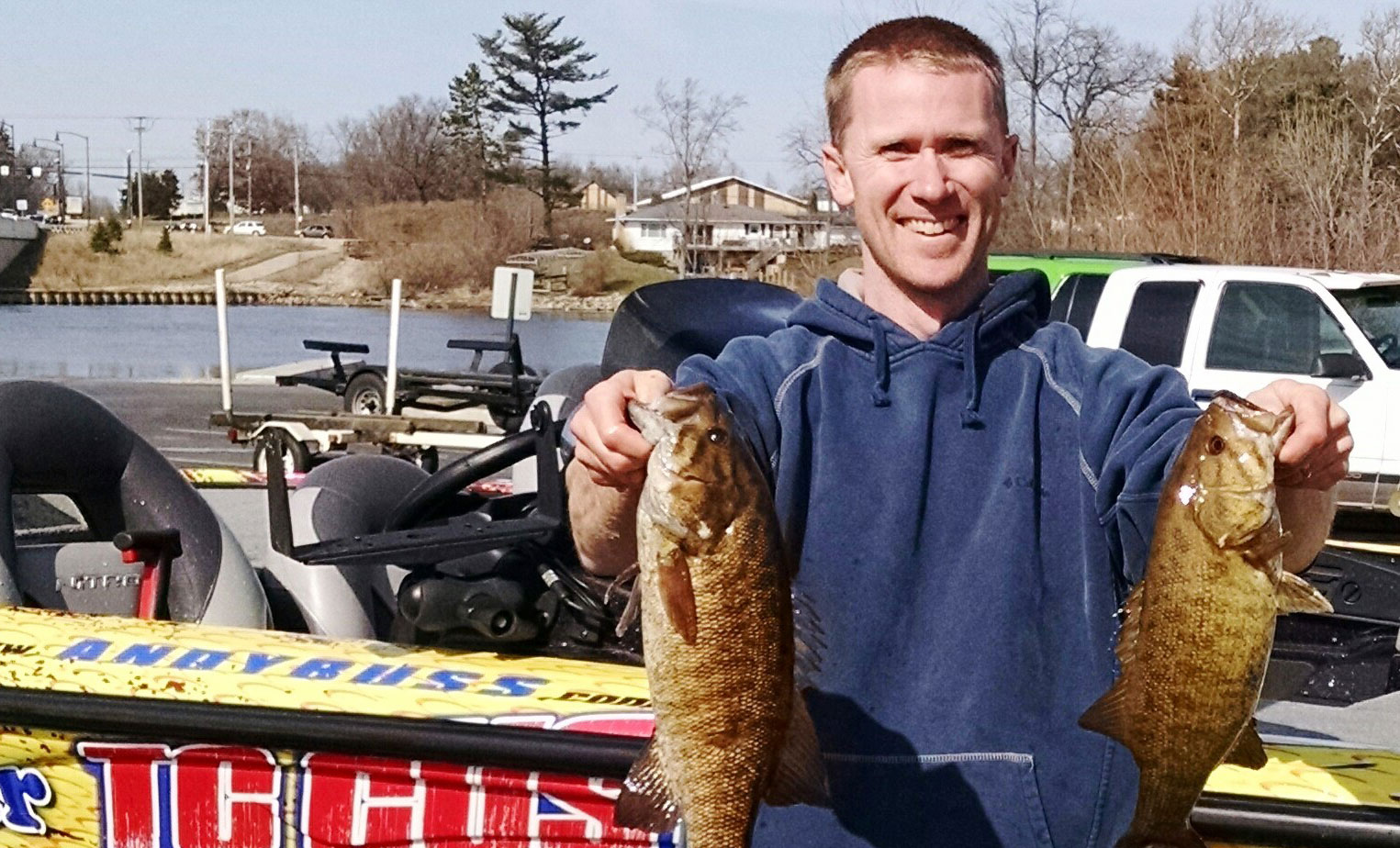
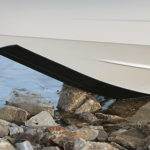
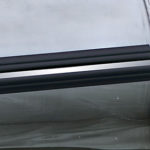
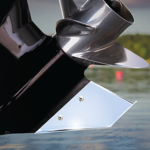

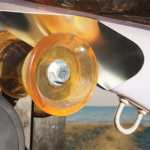
Comments